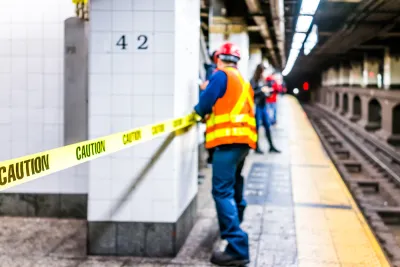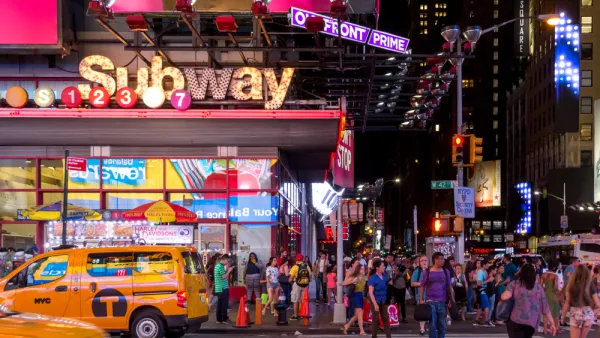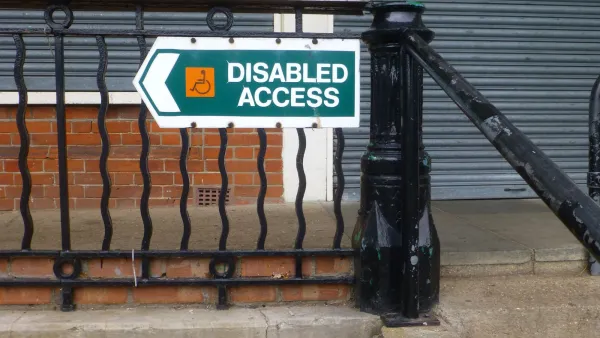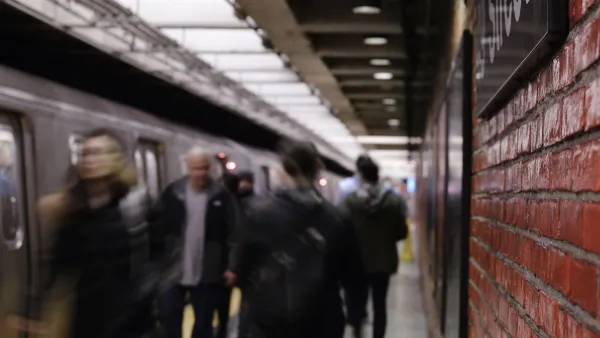It's been remarked upon before. Infrastructure in New York City is a cost nightmare compared to other global cities. Accountability is lacking, Josh Barro writes, but MTA also suffers from an "institutional lack of power."

Amid the nationwide debate over crumbling infrastructure, Josh Barro writes, "where New York stands out is the massive price tags associated with proposed and actual new projects, and the delays and limitations of vision they impose on new construction." While cities like London and Paris implement "transformative" transportation projects, NYC is paying inflated sums for the "mundane."
Barro goes through some of the many problems driving up costs. It's a lengthy paragraph. "When you're doing everything wrong, the best way to fix the problem isn't usually to go through the list of things you're doing wrong and fix them one by one. It's best to step back and ask why you're so bad at everything, whether a systemic problem is causing you to make so many separate mistakes."
Two root problems afflict MTA, Barro says. The first is a lack of accountability: it's unclear who's in charge, and no one is on hand to take blame. "Less discussed than the accountability problem is the MTA's institutional lack of power. When the MTA wants to build a big new shiny thing, it's at the mercy of a lot of people and entities it doesn't control."
Tackling the accountability problem will require fixing the power problem, Barro writes. The agency must have "the tools it needs to have even a chance at success, so somebody will be willing to be blamed if it fails." And beyond dealing with MTA's dysfunction, another question New York should be asking is, "At what point is the price too high for a project like this to be worth building?"
FULL STORY: Why New York Can’t Have Nice Things

National Parks Layoffs Will Cause Communities to Lose Billions
Thousands of essential park workers were laid off this week, just before the busy spring break season.

Retro-silient?: America’s First “Eco-burb,” The Woodlands Turns 50
A master-planned community north of Houston offers lessons on green infrastructure and resilient design, but falls short of its founder’s lofty affordability and walkability goals.

Delivering for America Plan Will Downgrade Mail Service in at Least 49.5 Percent of Zip Codes
Republican and Democrat lawmakers criticize the plan for its disproportionate negative impact on rural communities.

Test News Post 1
This is a summary

Test News Headline 46
Test for the image on the front page.

Balancing Bombs and Butterflies: How the National Guard Protects a Rare Species
The National Guard at Fort Indiantown Gap uses GIS technology and land management strategies to balance military training with conservation efforts, ensuring the survival of the rare eastern regal fritillary butterfly.
Urban Design for Planners 1: Software Tools
This six-course series explores essential urban design concepts using open source software and equips planners with the tools they need to participate fully in the urban design process.
Planning for Universal Design
Learn the tools for implementing Universal Design in planning regulations.
EMC Planning Group, Inc.
Planetizen
Planetizen
Mpact (formerly Rail~Volution)
Great Falls Development Authority, Inc.
HUDs Office of Policy Development and Research
NYU Wagner Graduate School of Public Service





























